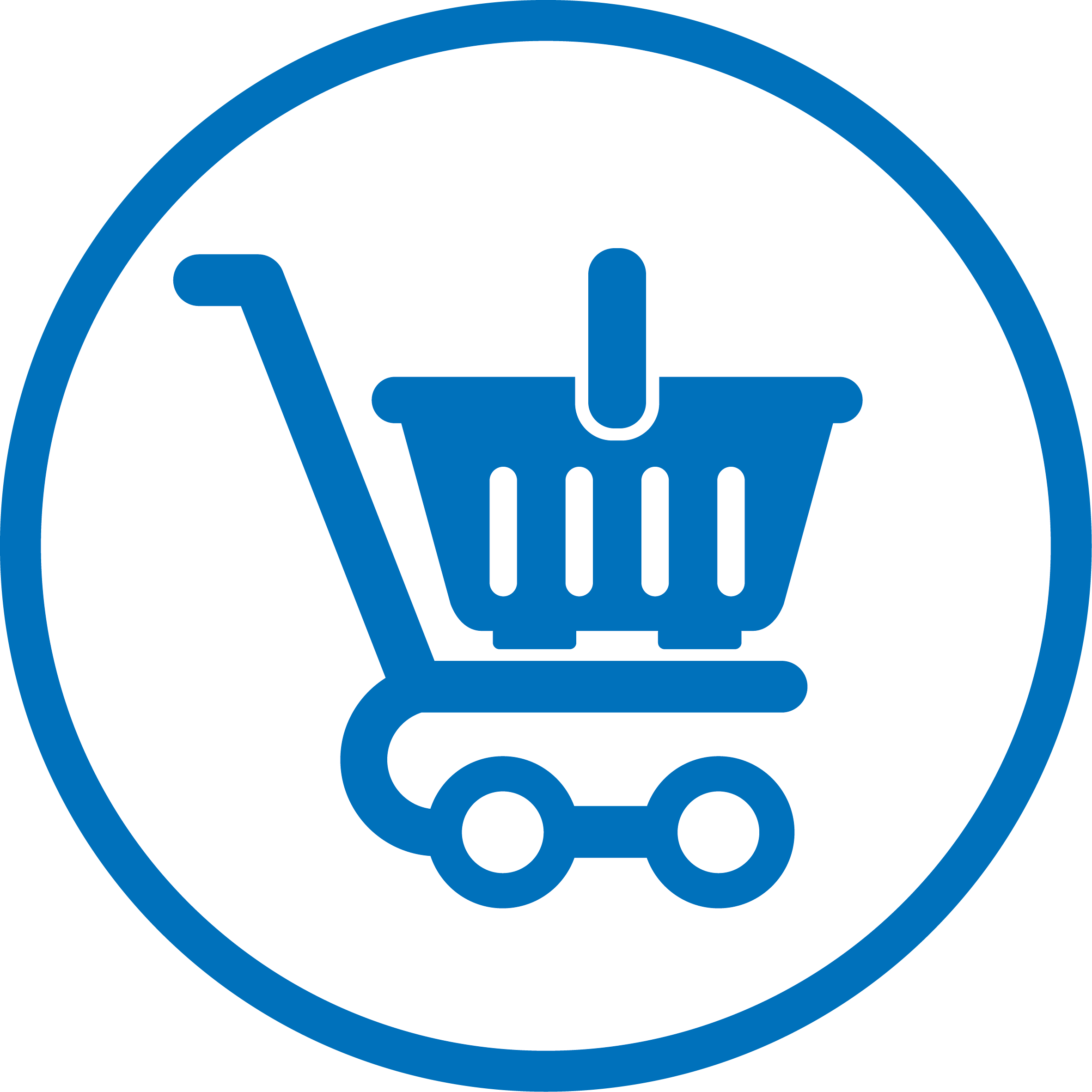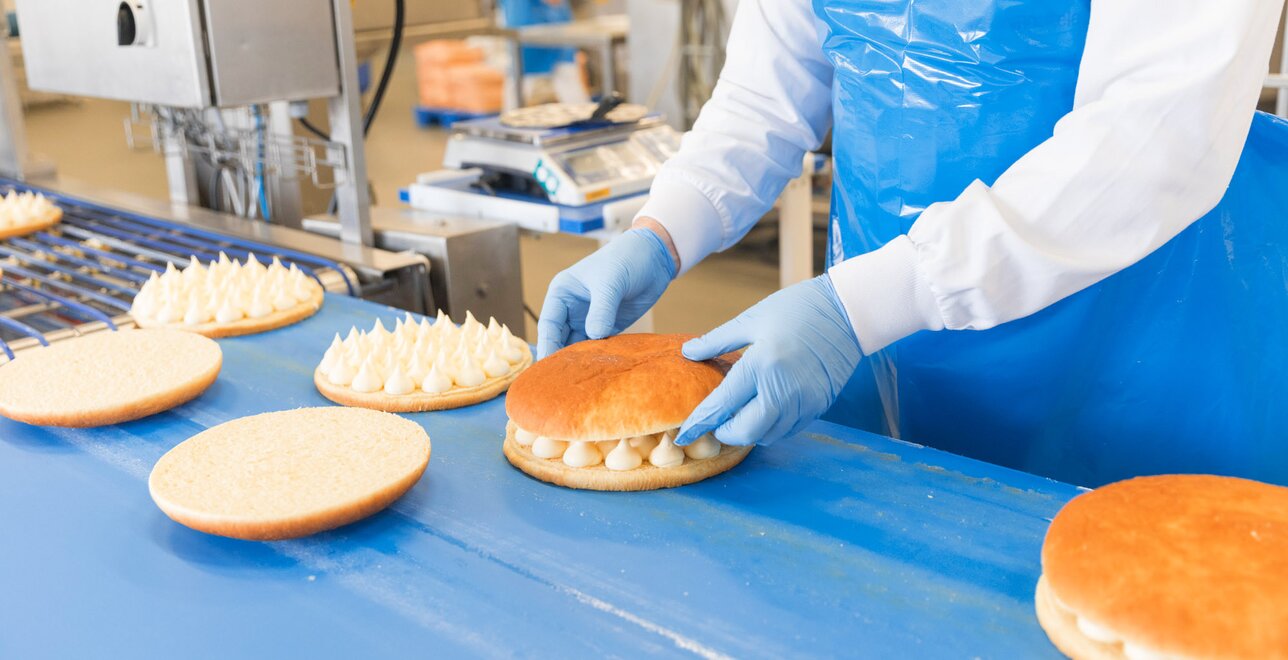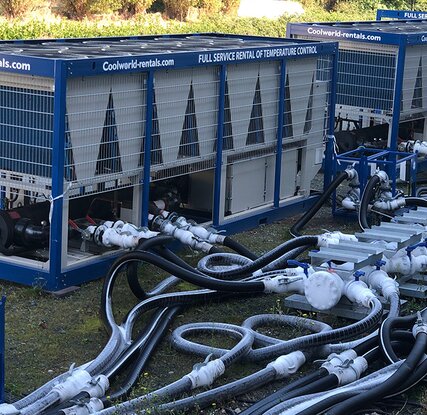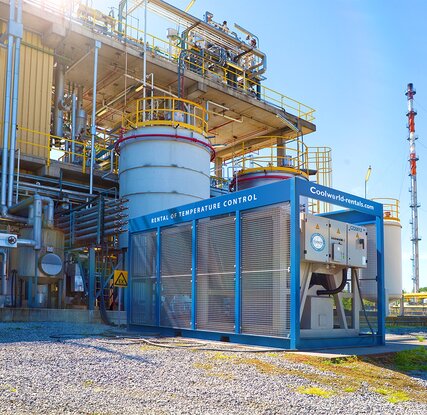Automation in the food Industry: Smart solutions for a smarter future
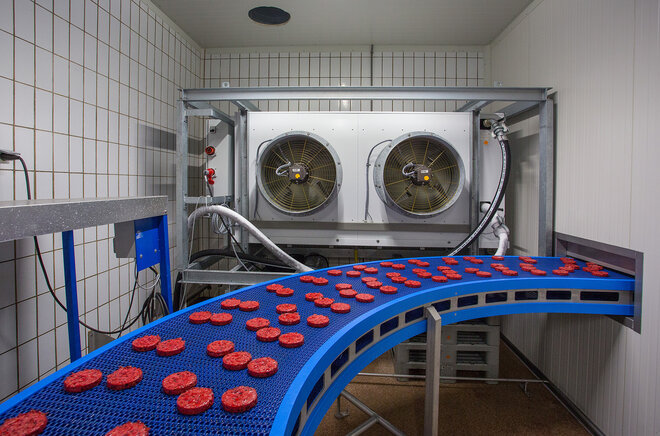
Is automation the solution for a better future?
In the current dynamic world of the food industry, automation is undergoing a true revolution. With technological advancements setting the standard, it is essential for companies to stay abreast of these changes and gain competitive advantage.
"The food industry employs 15,000 robots worldwide for tasks like picking, packing, and distribution"
-
Automation's impact on food processing
-
Increased efficiency:
- According to a report by Allied Market Research, the global food automation market size was valued at over $8 billion in 2020 and is projected to reach $14.3 billion by 2027, with a CAGR of 8.2% during the forecast period.
- Automation enables food manufacturers to significantly increase production speeds while maintaining consistent quality. For example, automated packaging systems can handle a much higher volume of products compared to manual methods.
-
Enhanced food safety:
- The implementation of automation technologies such as robotics and AI in food processing minimizes the risk of contamination and human errors, thus enhancing food safety standards.
- The Food and Drug Administration (FDA) emphasizes the importance of automation in reducing foodborne illnesses, stating that automated systems can help prevent cross-contamination and ensure compliance with hygiene regulations.
-
Labor savings:
- Automation reduces the need for manual labor in repetitive and physically demanding tasks, leading to cost savings for food manufacturers. A study by the International Federation of Robotics (IFR) found that automation can save up to 50% in labor costs.
- By automating routine tasks such as sorting, cutting, and packaging, food companies can reallocate human resources to more skilled roles that require creativity and problem-solving abilities.
-
Supply chain optimization:
- Automation plays a crucial role in optimizing the food supply chain, from farm to fork. Automated systems for inventory management, logistics, and warehousing ensure efficient handling and distribution of food products, minimizing waste and reducing costs.
- Robotics and IoT-enabled sensors enable real-time monitoring of temperature, humidity, and other environmental factors during transportation and storage, ensuring the quality and freshness of perishable foods.
-
Sustainable practices:
- Automation in the food industry contributes to sustainability efforts by reducing energy consumption, minimizing waste, and optimizing resource utilization.
- Automated farming techniques, such as precision agriculture and vertical farming, optimize water usage, reduce pesticide use, and increase crop yields, thereby promoting environmental sustainability.
The future of automation in food production
Automation has not only improved efficiency but also increased food quality and workplace safety. As we delve into the world of automation in the food industry, it is crucial to recognize how temperature plays a significant role. Properly maintaining the right temperature is essential to ensure the quality and safety of food products. Here is how:

Smarter production processes
The days of manual labor are slowly fading away. Automation has entered various production processes, enhancing precision and speed in the production process. From sorting ingredients to packaging end products, every step is optimized for maximum efficiency.

Perfected quality control
Automation systems are equipped with advanced sensors and cameras that constantly monitor the quality of food. This results not only in higher-quality products but also minimizes waste through timely detection of deviations.
Cooling and freezing: essential for quality
Automation in cooling and freezing processes extends the shelf life of perishable products. This not only reduces waste but also provides better control over inventory.

Temperature as storage protection
In a highly automated food chain, seamless temperature control for storage is crucial. This is where the need for reliable temperature solutions emerges.
Towards an automated and temperature-controlled future
Temperature control emerges as another critical factor, particularly in ensuring the safety and integrity of perishable goods. From farm to fork, maintaining precise temperature conditions is essential for preserving freshness, extending shelf life, and preventing spoilage. Whether it's refrigeration, cold storage, or controlled atmosphere environments, the ability to maintain optimal temperatures is non-negotiable for food businesses committed to delivering high-quality products to consumers.
In this context, selecting the right partners becomes paramount for success in the automated and temperature-controlled future of the food industry. The ideal partners bring expertise, innovation, and reliability to the table, offering tailored solutions that align with your specific needs and goals.
Reliability you can trust
When it comes to temporary temperature solutions, reliability is paramount. Whether you're facing unexpected emergencies, undergoing repairs, or making revisions to your fixed installation, having a reliable temporary temperature solution is crucial. It not only prevents production losses but also ensures that you can maintain stringent quality assurance standards without compromise.
Find out how Coolworld solved this challenge in multiple projects.
